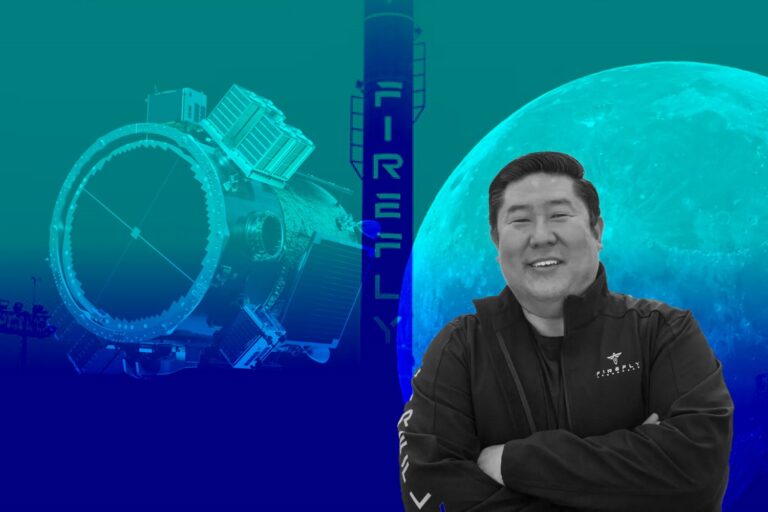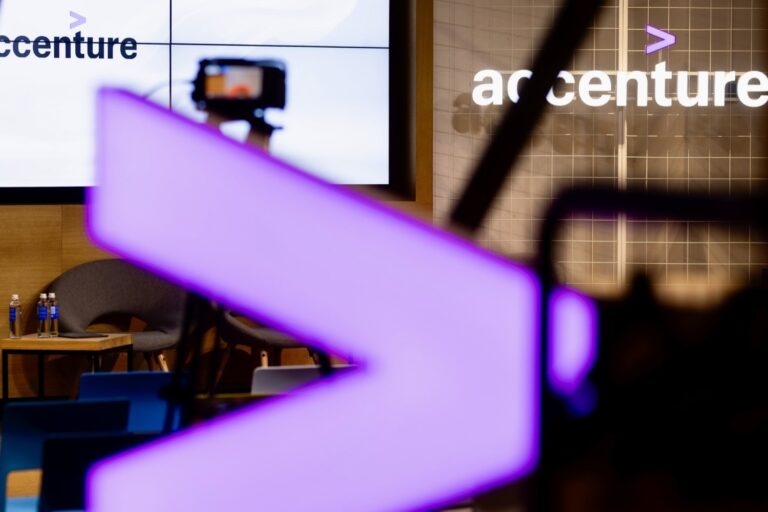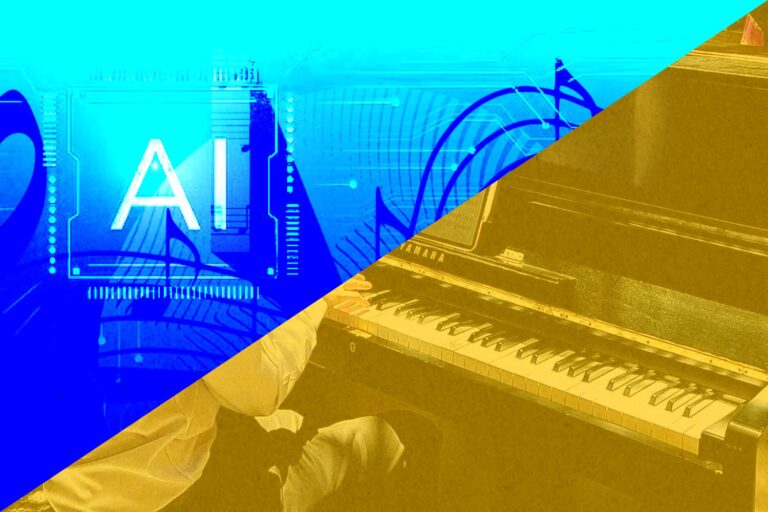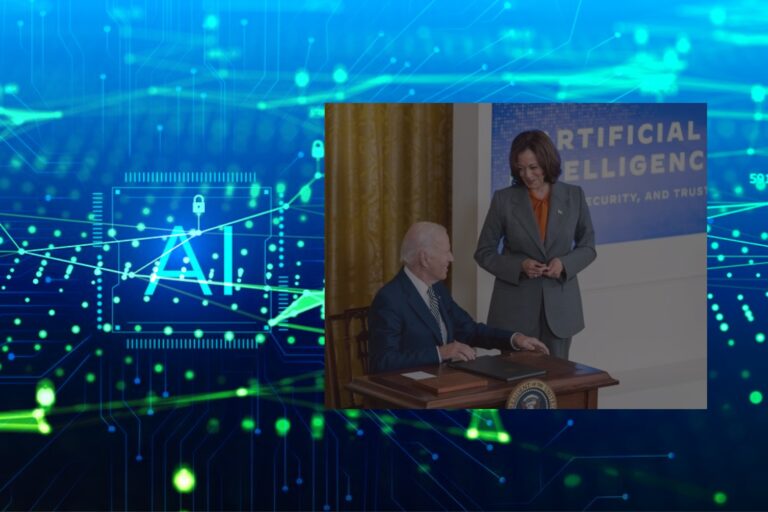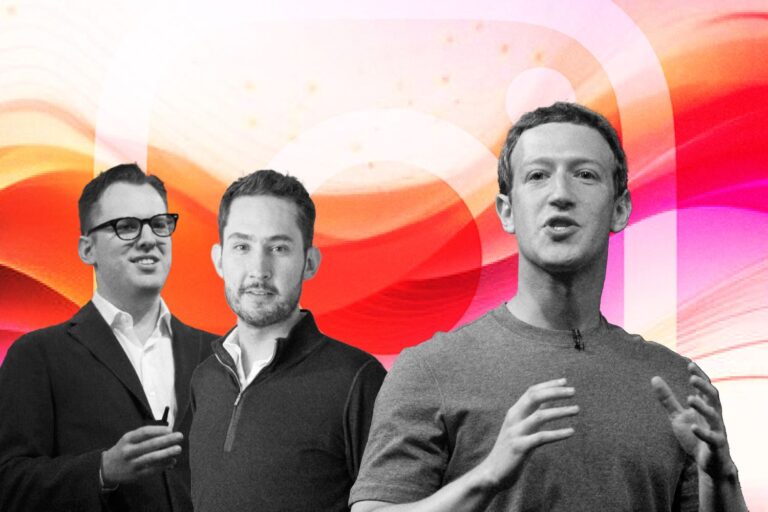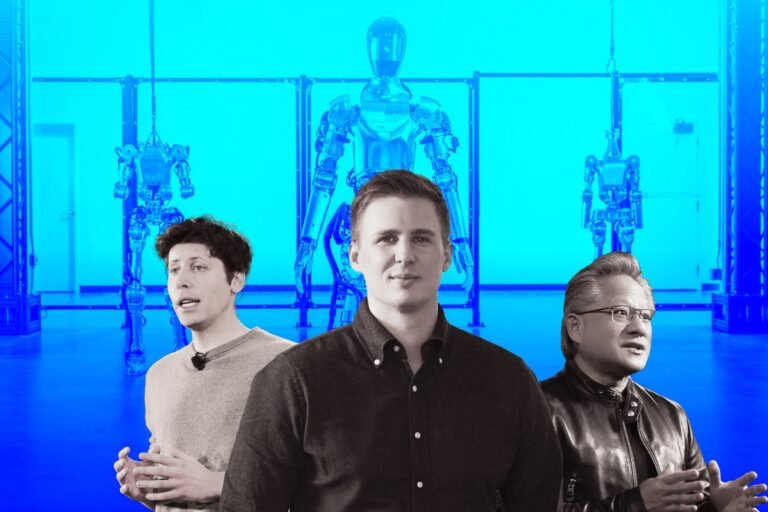Patient Hunter: David Holz Holds the Key to the Next Big Thing
In a world increasingly entwined with technology, the fusion of artificial intelligence (AI) and artistic expression is ushering in a new era of creativity. At the forefront of this exciting intersection stands David Holz, the CEO of Midjourney, a San Francisco-based startup pioneering AI-powered visual artistry.
Midjourney has carved a unique path in the realm of AI-generated visuals, earning its place as a trailblazer by championing the aesthetics and artistic flair within its creations.
Unlike the quest for photorealistic images that mimic reality to an uncanny degree, David Holz and his team have a different aspiration: to democratize artistry and empower ordinary individuals to craft exquisite pictures through the sheer magic of words.
Curiosity Carving up a Dynamic Foundation for the Long Run
David Holz’s journey into the captivating world of technology commenced during his upbringing in South Florida. His father’s unique dental practice, which operated from a boat, inadvertently became the stage for his early encounters with computers.
Within the confines of his father’s floating office, a computer beckoned to young David, offering a glimpse into the boundless possibilities that technology could unlock. This serendipitous introduction ignited a spark of fascination that would shape his future endeavors.
David’s initial exposure to computers served as the catalyst for his exploration and self-directed learning. He immersed himself in the world of programming, mastering the intricacies of the relatively obscure language known as Scheme. Beyond the confines of conventional software, his curiosity led him to explore the realm of computer game hacking, with titles like “Star Wars Dark Forces” capturing his imagination.
During his high school years, Holz’s entrepreneurial spirit began to shine. He successfully operated a design business, demonstrating his remarkable ability to translate his technical skills into practical, real-world ventures.
Transitioning into higher education, David Holz’s academic journey continued to mirror his profound passion for learning and his admiration for the pioneering physicists of our time, including luminaries like Einstein, Newton, and Feynman.
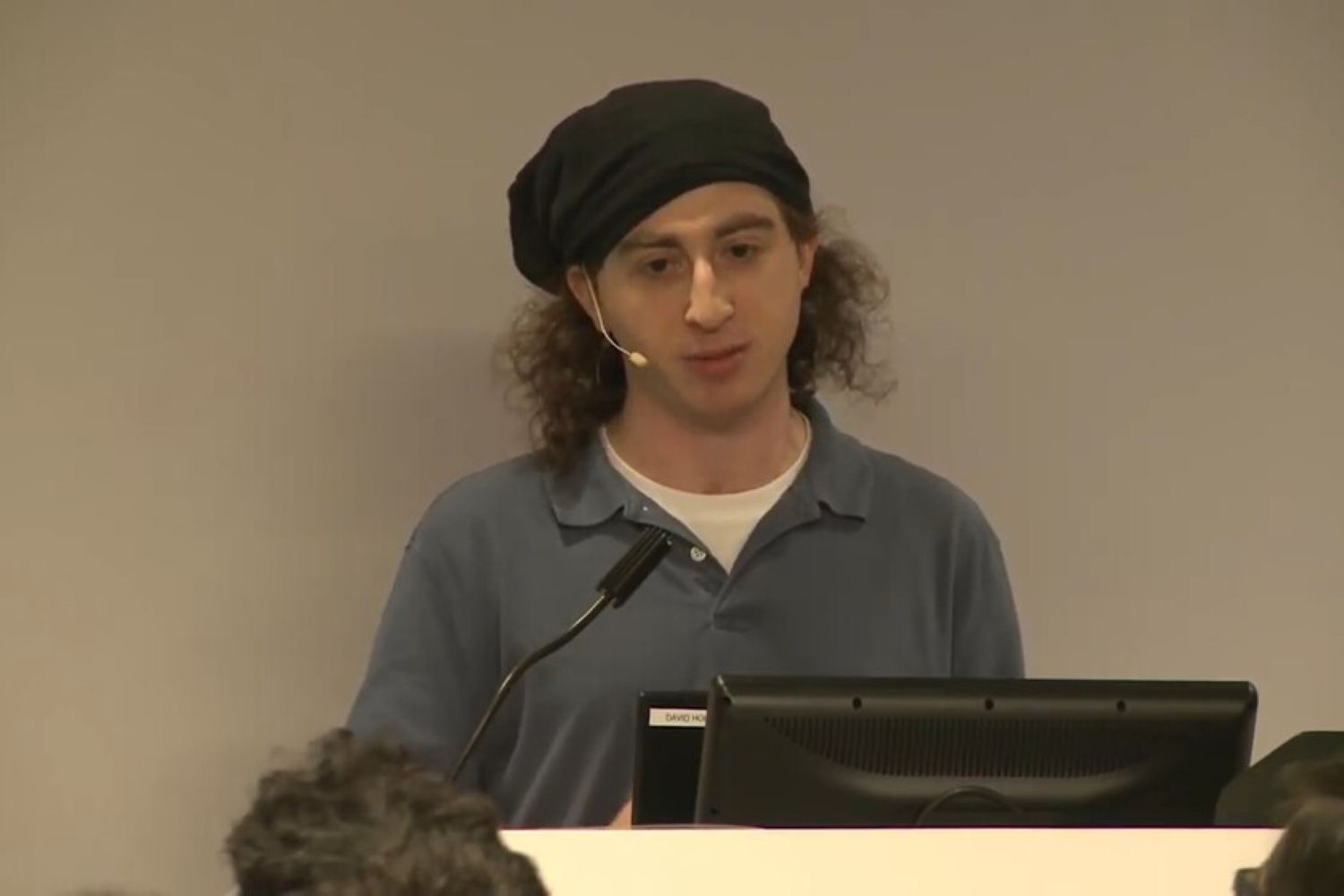
While his initial pursuit led him to study Physics at the collegiate level, his growing fascination with mathematics gradually drew him in. Ultimately, he achieved dual degrees in both Physics and Mathematics, cementing his foundation in these intertwined disciplines.
However, Holz’s academic pursuits transcended the boundaries of traditional classrooms. Driven by an insatiable curiosity and a burning desire to contribute to the frontiers of knowledge, he embarked on a path of research and innovation.
While diligently pursuing a Ph.D. in applied Mathematics, David Holz concurrently assumed roles as a graduate researcher at the prestigious Max Planck Institute and as a vital contributor to projects at NASA’s Langley campus.
These experiences not only provided him with invaluable exposure to cutting-edge research but also allowed him to bridge the gap between theoretical understanding and practical application.
Strived for an Empire: David Holz Took the Leap
David Holz’s insatiable thirst for innovation propelled him beyond the boundaries of academia and traditional research.
As his career trajectory hinted at a potentially endless cycle of research and paper writing, he harbored growing concerns about the tangible impact of his work. Determined to leave a more indelible mark on the realm of technology, he embarked on a daring journey into the world of entrepreneurship.
In the pursuit of his visionary aspirations, David co-founded a company initially christened “Ocu Spec.” Yet, it was a company in transition, soon evolving into the now-renowned “Leap Motion.” The seeds of Leap Motion’s groundbreaking products could be traced back to a seemingly unassuming moment from David’s middle school days.
In a routine typing class, where the challenge was to type at least 60 words per minute without glancing at the keyboard to earn an exemption, an epiphany dawned upon him. This seemingly mundane task unveiled a profound insight into the fundamental issue of how people interacted with technology.
For David Holz, the crux of his mission became the redefinition of the interaction model between humanity and technology. His vision manifested concretely in the creation of “the Leap,” a compact device ingeniously designed to sit in front of a computer. Its primary function was to meticulously track the delicate movements of a user’s hands and translate these intricate gestures into instinctive and seamless commands.
Despite the immense potential that Leap Motion held, not every venture capitalist immediately comprehended the groundbreaking nature of David’s technology. The entrepreneurial path was fraught with trials and uncertainties.
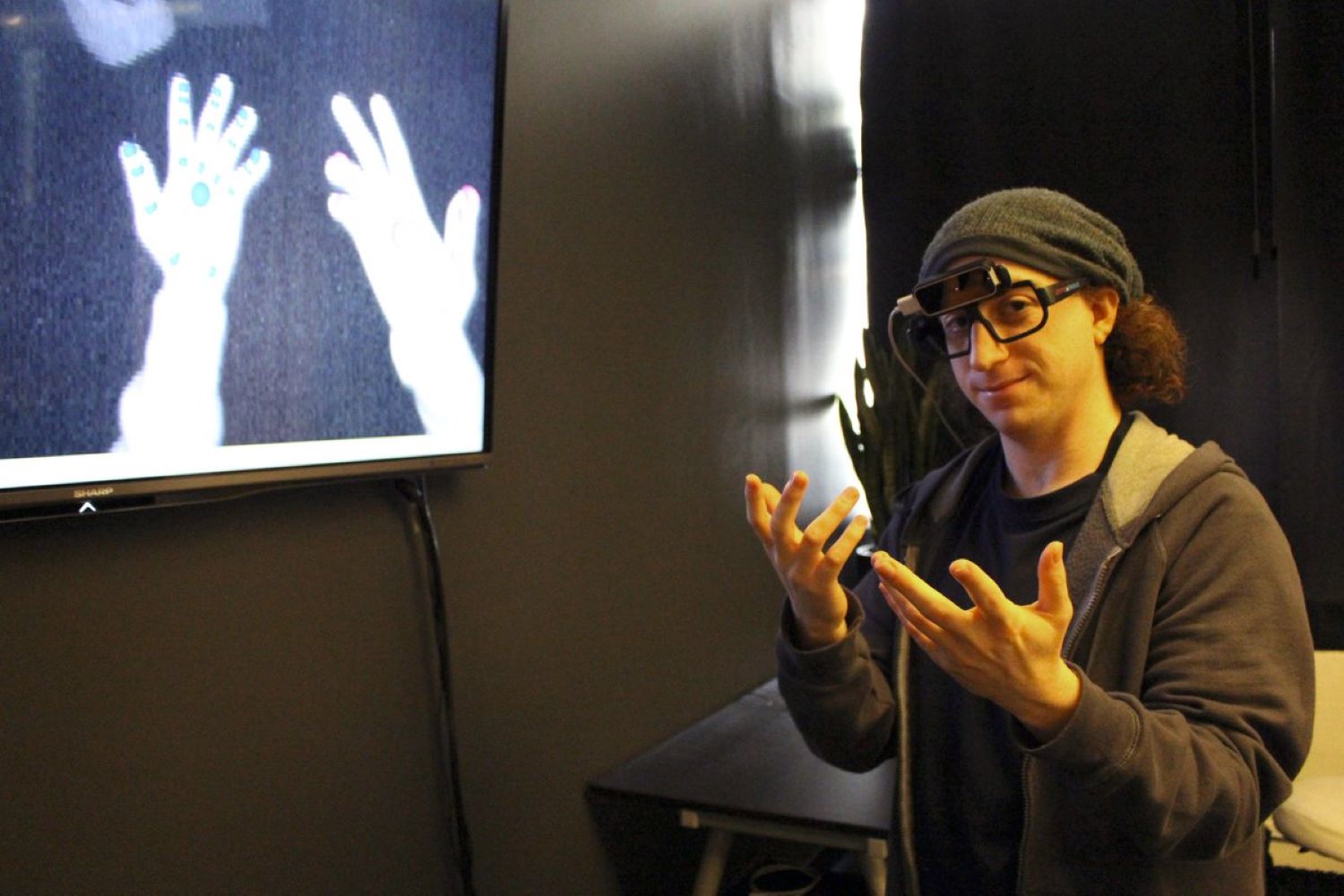
Leap Motion’s trajectory, while promising, encountered an enduring hurdle in the domain of user education. Effectively instructing users on how to harness the technology and facilitating algorithm training remained formidable obstacles.
Hard Work Paid off: Midjourney Dominated the AI Arena
As the founder of Leap Motion, David Holz had already made significant waves in the technology world. However, after Leap Motion, he found himself pondering the future and the evolving needs of people in an uncertain world. This contemplation led him to identify three pillars that he believed would be paramount: reflection, imagination, and coordination.
In early 2022, Holz embarked on a new venture: Midjourney. Being situated in San Francisco, the epicenter of AI innovation, provided him with a fertile ground for his creative endeavors. Holz became a regular at gatherings with fellow AI enthusiasts, where discussions often revolved around the latest papers and the unique sensations they evoked.
“We like to say we’re trying to expand the imaginative powers of the human species. The goal is to make humans more imaginative, not make imaginative machines, which I think is an important distinction.” – David Holz stated.
“We started working on the imagination part of our company about a year and a half ago. There were some breakthroughs on diffusion models, people understanding clip, openAI, that sort of thing. Almost everyone involved in this is San Francisco and we all realized this is going to get serious, that it’s different from a lot of other stuff.” – he added.
Midjourney swiftly emerged as a driving force in the burgeoning field of using artificial intelligence to craft visual imagery from text prompts. The startup gained attention when its AI-powered artwork clinched an award at a Colorado state fair competition—an achievement that only hints at the complex challenges AI art is poised to tackle in the years ahead.
CEO David Holz is personally uneasy with the notion of deepfakes and similar technologies that blur the line between reality and simulation. Instead, Midjourney seeks to unlock the creative potential of everyday individuals by offering them accessible tools to bring their imaginative visions to life with mere descriptions.
Holz’s journey took an influential turn when he engaged in a conversation with Alan K, a distinguished computer scientist known for inventing object-oriented programming and the graphical user interface.
In their discussion, Alan imparted invaluable wisdom that would shape the direction of David’s venture. Alan emphasized the paramount importance of user interaction and urged David to shift his focus from the technology’s features to how users learn and engage with it.
This advice proved pivotal in Midjourney’s ascent to prominence as the premier platform for creating AI-generated images. Today, user education plays a pivotal role in Midjourney’s success, spanning from helping users master the technology to training the algorithm itself. Despite its relatively small team, Midjourney has achieved remarkable financial success in a remarkably short span.
The company continues to stand tall as the second-most popular platform in the generative AI space and the undisputed leader in the AI image generation segment. With a lean team of just 40 members, the company is projected to rake in a staggering $200 million in revenue this year, thanks to its 15 million-strong community of users.
What sets Midjourney apart is its exceptional efficiency and profitability. The company boasts an astounding revenue per employee, a remarkable $5 million. This surpasses the metrics of publicly listed SaaS companies like Dropbox, Slack, Squarespace, and Palantir, showcasing Midjourney’s capacity to deliver high returns with a compact team.
Midjourney’s revenue streams primarily flow from two sources—subscription fees and additional GPU time purchases. The company offers both monthly and annual subscription plans, priced at $10 and $120, respectively, affording users access to their suite of AI-powered creative tools. This flexible payment model accommodates varying artistic needs and budgets, providing users with choice and convenience.
Additionally, users have the option to purchase extra GPU time at a flat rate of $4 per hour. This straightforward pricing structure ensures that users can extend their creative sessions as needed without interruption, offering flexibility and control.
One of the standout features of Midjourney is its streamlined approach and focus on product excellence. Users and industry observers have applauded the platform’s brilliance, lauding its absence of superfluous elements. The platform’s unique success has been attributed to its simple yet powerful approach. A user on LinkedIn succinctly summarized it as, “No funding. No management layers. No B2B. Just Discord and the excited public!”
What makes Midjourney even more unconventional is its journey without venture capital funding. David Holz’s experience in building AI teams at Leap Motion set him apart from other emerging AI company founders. This approach has paid remarkable dividends, with Midjourney’s compact team of 40 yielding an impressive ROI that surpasses many larger corporations.
Another distinctive decision was forging a partnership with Discord, an instant messaging platform. While some expressed reservations about using Discord for business due to perceived risks and limited control, Midjourney found unique strength in this integration. Despite plans for a standalone website, Midjourney intends to maintain a strong presence on Discord, where millions of users engage with AI apps.
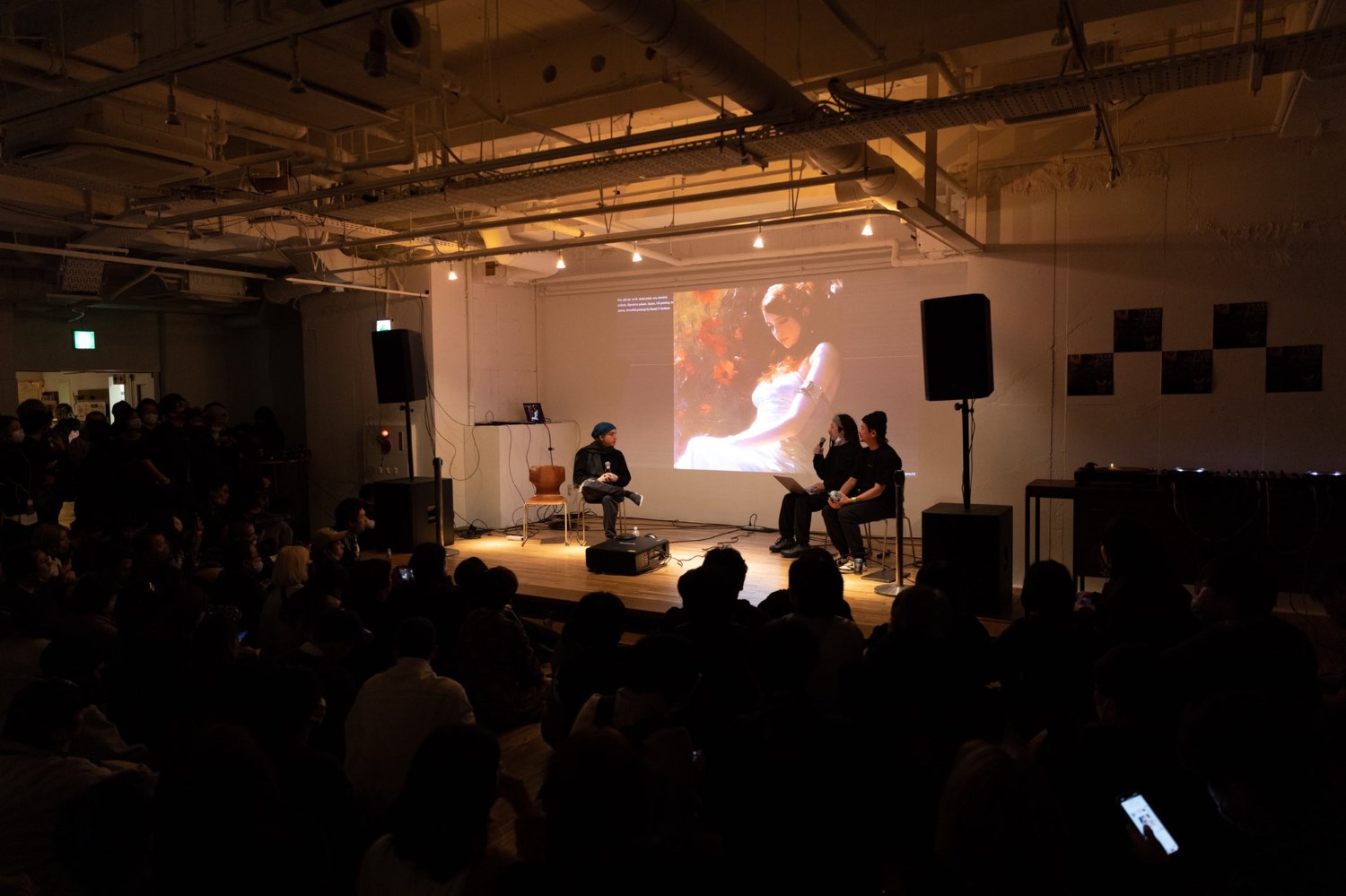
Midjourney views its Discord server as a differentiator, fostering a sense of community and collective engagement among users. Over the past year, the server has experienced remarkable growth, reached 14.8 million users and became Discord’s largest server.
David Holz has also chosen to run the company in a manner distinct from typical Silicon Valley startups. Midjourney operates with few managers, no board of directors, and small, independent teams.
Holz’s approach includes seeking external advisors, such as AI investor and former GitHub CEO Nat Friedman, for guidance. Additionally, employees receive a share in profits rather than substantial stock packages, aligning their interests with the company’s success.
The company’s roster includes familiar faces and advisors, including Bill Warner, the founder of Avid Technology and Leap Motion’s initial investor. Many employees, including CFO Nadia Ali, hail from Leap Motion. Other advisors include Jim Keller, former chip designer at Intel and Apple, Philip Rosedale from Second Life, and Rich Miner, co-founder of Android.
Roadblock: Midjourney and the Copyright Infringement Challenge
Amidst its meteoric rise, Midjourney faces a formidable obstacle that threatens to cast a shadow on its remarkable success—the battle against copyright infringement lawsuits. Users have voiced concerns about the platform’s usability, citing difficulties in generating high-quality images, and have raised objections to its subscription-based model.
However, the most significant and pressing challenge comes in the form of a legal dispute.
When asked about seeking consent from living artists or determining the copyright status of works still under copyright, Holz candidly points out the practical limitations: “There isn’t really a way to get a hundred million images and know where they’re coming from. It would be cool if images had metadata embedded in them about the copyright owner or something. But that’s not a thing; there’s not a registry. There’s no way to find a picture on the Internet, and then automatically trace it to an owner and then have any way of doing anything to authenticate it.”
In the United States District Court for the Northern District of California, a lawsuit has been filed on behalf of a group of plaintiff artists against three entities, one of them being Midjourney, alongside Stability AI and DeviantArt.
The lawsuit alleges copyright infringement stemming from the creation of what’s termed “artificial intelligence” art. The plaintiffs are represented by Joseph Saveri, founder of the Joseph Saveri Law Firm, LLP, along with Matthew Butterick and Lockridge, Grindal, Nauen P.L.L.P.
The heart of the matter lies in the utilization of a technique called Stable Diffusion by these AI generators to produce new images based on copyrighted pictures, guided by text descriptions or prompts. As stated in the lawsuit, Stable Diffusion is an artificial intelligence product employed by Stability AI, DeviantArt, and Midjourney in their AI image products.
This AI model was trained on a vast dataset known as LAION-5B, which contained billions of copyrighted images. Critically, these images were used without the consent or compensation of the original artists.
The lawsuit posits a dire consequence should AI generators continue to operate unchecked. It suggests that these AI-driven products, fueled by stolen works, could potentially replace the very artists whose creations they draw upon.
In essence, AI image products not only infringe on artists’ rights but also pose a threat to the viability of an artistic career path. The lawsuit seeks to address this wrongful conduct and advocate for adherence to the same rules and standards as any other technology involving massive amounts of intellectual property.
The core assertion of the lawsuit is that Stability AI, Midjourney, and DeviantArt have appropriated the work of thousands of artists without consent, credit, or compensation. It spotlights a broader concern surrounding the protection of artists’ rights and ownership in an era where technology rapidly reshapes the creative landscape.
While AI holds immense potential for innovation and creativity, it must be harnessed responsibly and ethically, with due consideration for intellectual property rights.



